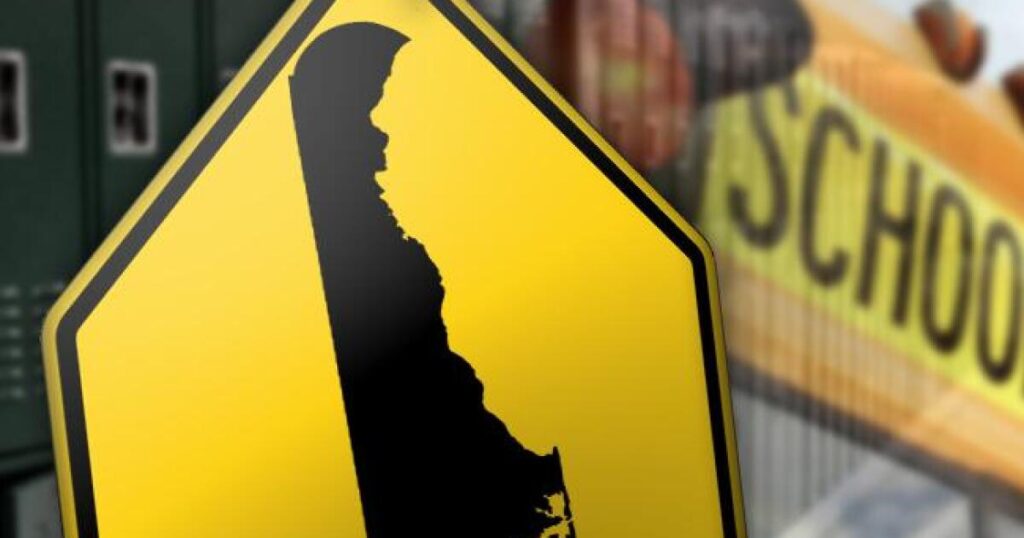Governor John Carney is recommending that the Department of Education (DOE) allocate $2.1 billion in fiscal year 25, with $3 million of that allocated to early literacy teachers.
In Delaware's 2023 state assessment, only 40% of third- through eighth-grade students scored at or above proficiency in English language arts, a decrease of 2 percentage points from 2022.
In 2022, Delaware's fourth grade reading comprehension scores on the National Assessment of Educational Progress (NAEP) report were below the national average and ranked lower than 39 other states/jurisdictions. Only 25% of students performed at or above the NAEP proficiency level, a decrease of 8 percentage points from 2019.
Education Secretary Mark Hollodick told the Joint Finance Committee (JFC): “Let me be clear: Third grade literacy scores are unacceptable. We have to raise our scores. This year. must move this trend in the right direction.” ).
State Rep. Kim Williams (D-Newport), JFC member and House Education Committee chair, said she is still working on implementing legislation passed in 2022 to improve the state's literacy and reporting methods for schools. However, he expressed concern about the passage of legislation based on the new curriculum.
Holodick agreed with Williams and said in talks with Mississippi, which is the model for Delaware's literacy program, the state may need to make reading a special priority. explained.
“Back then, they made that the sole focus of their work. Now, we didn't go into the law or anything like that, but they blocked out all the other noise and focused on literacy. “We reiterated over and over again how important it is to hit the mark,” he says.
The $3 million in funding will support 20 early literacy coaches who will be placed in a variety of schools to facilitate professional development on how to teach reading and writing skills to students.
Additionally, state Sen. Dave Lawson (R-Maridel) highlighted the increase in the number of special education students in Delaware schools, which Holodick said is driving increased DOE funding.
Lawson noted that only 427 students were added to Delaware's K-12 schools this year, and the number of additional funding units exceeded expectations.
Special education classrooms require smaller student-to-teacher ratios and therefore require more units than regular classrooms.
The current unit funding structure under Delaware law is as follows:
– Preschool basic special education: 1 unit for every 8.4 children
– K-3 General Education: 1 credit for 16.2 students
– 4-12 General education: 1 credit for 20 students
– K-12 Basic Special Education (Basic): 1 credit per 8.4 students
– Pre-K-12 Intensive Special Education (Intensive): 1 credit for 6 students
– Pre-K-12 Complex Special Education (Complex): 1 credit for 2.6 students
The DOE originally budgeted for an increase of 236 credits for the 2023-2024 school year, but the department is requesting an additional 100 credits.
“I think a large part of it has to do with the changing philosophy of our nation's families regarding services for their children. When I entered the education field 30 years ago, many families had students identified as special education by IEP. But today, “it's the exact opposite. There are students whose schools don't think they need special support services, but they end up having difficult conversations with their families about support.” “It will be,” Holodick said.
DOE is requesting more than $10 million in additional funding credit support for the 2023-2024 school year and more than $23 million in projected credit increases for the 2024-2025 school year.
The governor's recommended budget also includes all salary increases for the Public Education Compensation Commission (PECC), except for the creation of a new funding structure to help schools hire information technology professionals.
Holodick said he was “very thrilled” with the governor's commitment to the PECC recommendations and predicted the next administration would consider supporting a funding structure to add to the IT sector once the necessary legislative changes are in place. ing.


